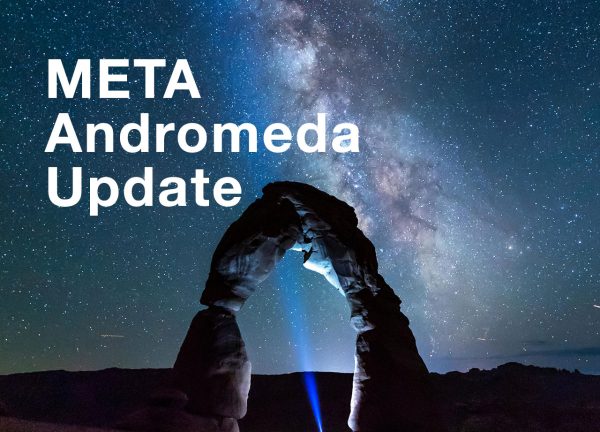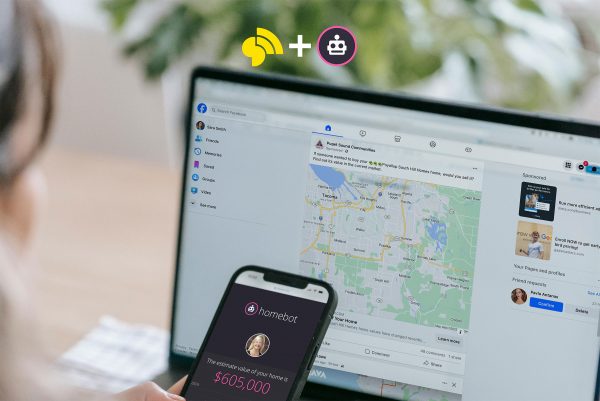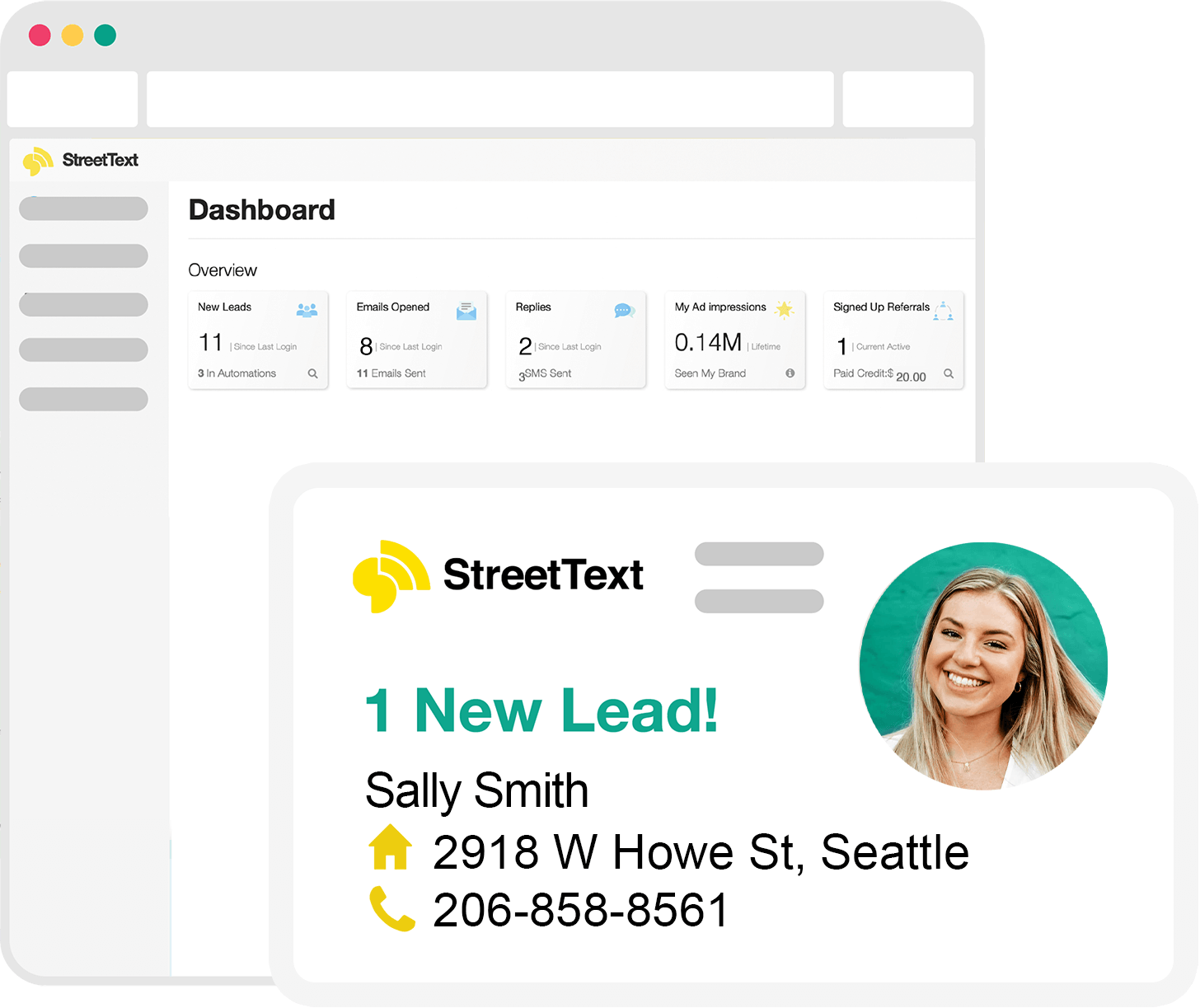Reaching out to prospective clients is essential for most business owners. Outreach is the defining part of most marketing and lead generation strategies. It only makes sense, as you are likelier to connect with someone by going to them. But it is just as important that you have the tools in place to draw clients into them. This is known as inbound marketing, and the greatest form of inbound marketing you can provide is your website.
Websites are the front-facing part of your real estate business that should serve several different purposes for agents. Websites are key for branding, critical for clients to connect with you, and should draw in new leads from around the internet. If you want your website to function as a lead generation asset, it will take some work. There is a lot that goes into a successful website beyond just the design and layout. Let’s explore five tips for creating the best website possible for lead capture and generation.
Have a Blog Page
This is something that is incredibly important and that all real estate agents should prioritize on their website. A blog is a big component of a website that drives traffic. A well-done blog can lead to tons of people visiting your website from around the internet. It is a top-of-the-funnel form of marketing that can have a big payoff. If you want to have consistent traffic on your website, a blog is a necessary step.
According to Semrush, blog posts are the most effective form of content and companies that blog produce 67% more leads than companies that don’t. Blogs are an important initial component of lead capture on websites as they draw in traffic and help you establish what your website is all about.
Less is More
When it comes to the look and the layout of your website, less is more. Have you ever clicked onto a website, been overwhelmed by a jumble of words, graphics, and pictures, and immediately clicked away? We’ve all had that experience, and that is exactly what you want to avoid on your website. Your goal should be to effectively communicate your key messages in a short, punchy, and visually appealing homepage. Leave the walls of words to your blog.
For a real estate website, your goal should be to showcase your value. Show your successful sales or listings, provide a personal introduction, explain your specialization. Images are a must but don’t get carried away. The goal is to keep your leads engaged and on the website for as long as possible. For this, the principle of less is more rings true.
SEO Should be On Your Mind
Search Engine Optimization, or SEO, is something every real estate agent needs to consider with their website. SEO defines where you come up on searches from search engines like Google or Bing, and a lack of optimization can make your website extremely hard to find. To optimize your website, you need to think like your prospective lead. What searches would you want to end up on your website? Things like “Real Estate Agent Near Me” will likely be competitive, so try and be specific.
SEO shouldn’t just be done in your blogs; it should be in every possible aspect of your website. Avoid keyword stuffing, which is when people become too focused on SEO and cram keywords into their content which ruins readability. Research the right keywords, and do your best to implement them naturally. According to Impact Plus, the first five organic results for a search account for 67.6% of all clicks, so the importance of SEO can’t be overstated.
Add Interactive Features
Standing out is a great way to keep people on your website. There are a lot of different real estate websites out there, just like there are a lot of different real estate agents. If you’re searching for a way to separate yourself from the pack, interactive features on your website can go a long way. This is something that not many websites have, but adding it can increase the amount of time spent on your website and improve engagement.
There are many different ways you can implement interactive features. One that has become common is using quizzes. This feature asks leads to answer certain questions and then provides a specific answer for them, such as their ideal home/neighborhood. There are also features like a mortgage calculator or initial cost calculator, interactive neighborhood maps, and more. This is something you can get creative with.
Use a Creative Contact Us Page
Finally, your call to action should be a Contact Us page. Your goal isn’t to acquire a client just from the website; it should be to set up a meeting, pushing the prospective lead deeper into the sales funnel. Most websites have a contact page; this is pretty much a staple. However, feel free to get creative with it.
Your Contact Us page should have the option to sign up for an email list, book an appointment, and display your contact information. But the average Contact Us page looks a little drab. Feel free to spice yours up and get creative. Perhaps include a video introduction, where a pre-recorded message of you talks directly to the prospective lead. Include visuals, make it impactful. The Contact Us page is the final call to action that could either lead to the lead going cold or going deeper into the process. Do what you can to make this page effective and creative.
Happy converting!













